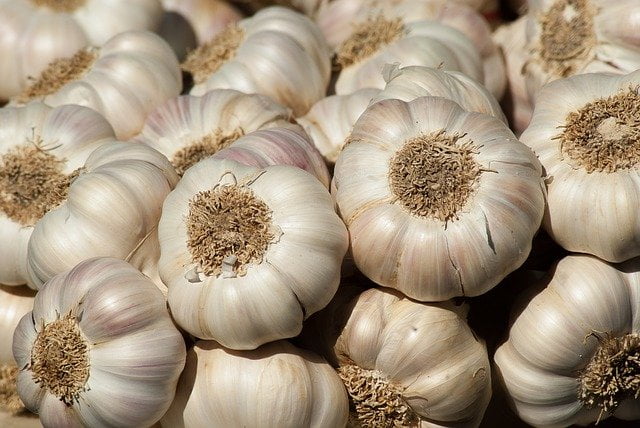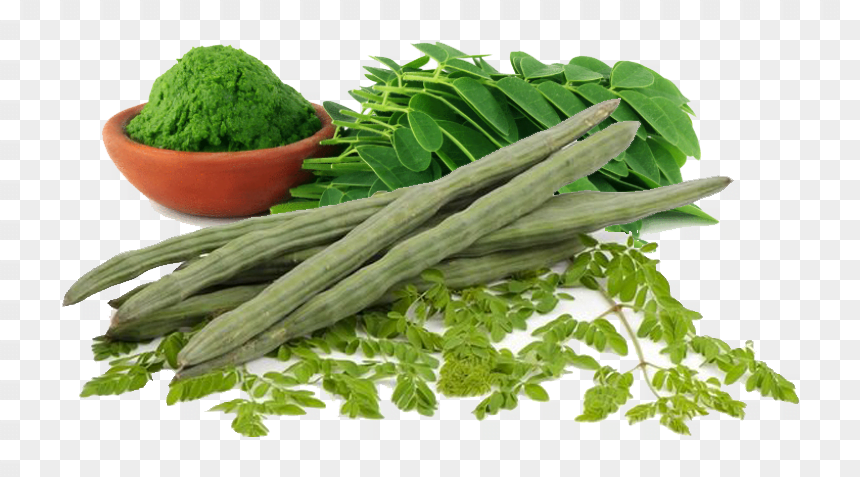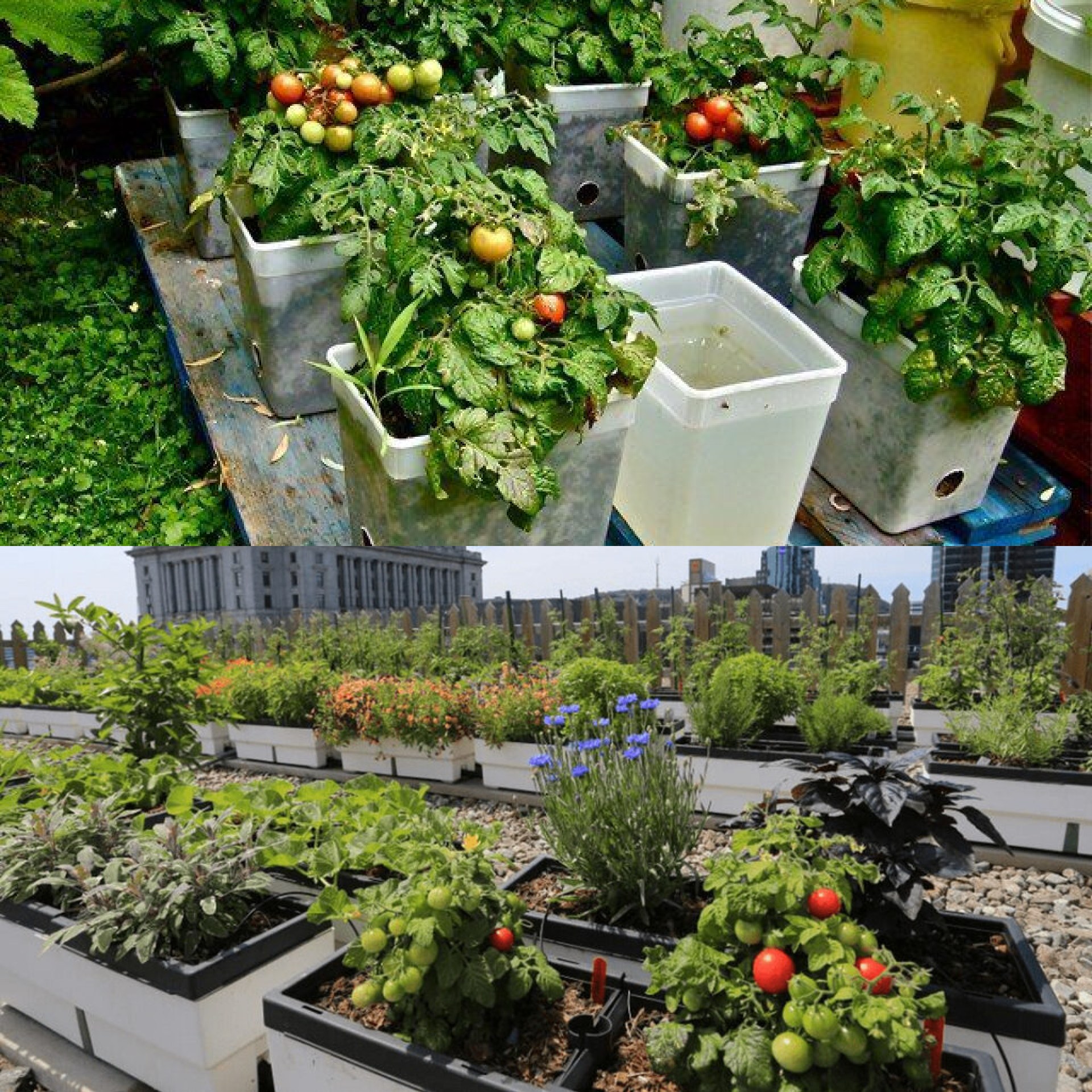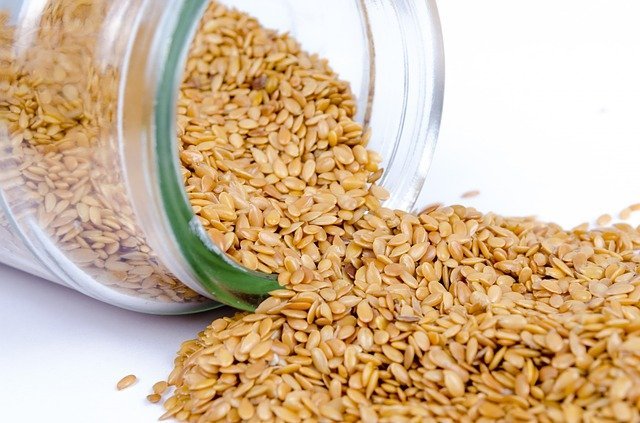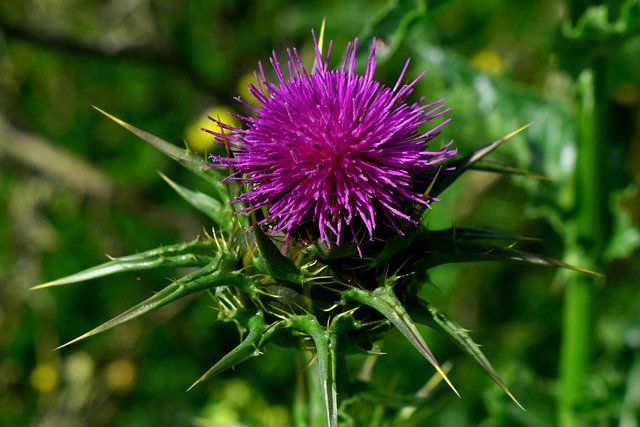Growing a Hibiscus Plant / Shoe Flower- گلِ ہر
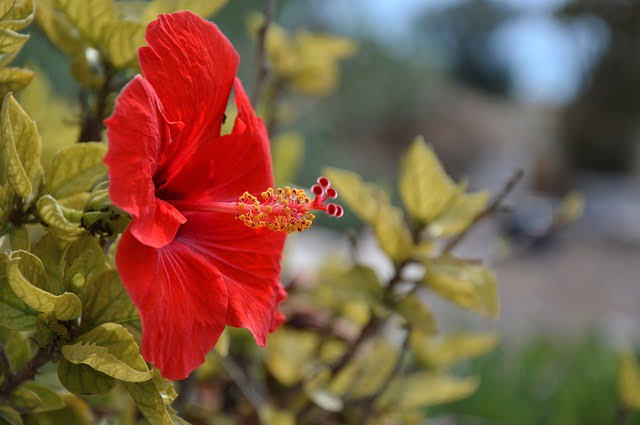
Last updated on November 14th, 2023 at 09:33 pm

Growing a Hibiscus Plant: Tips and Tricks
If you are looking to add a touch of the tropics to your gardens, Growing a Hibiscus Plant might just be the perfect choice for you. With stunning red blooms that come in a range of vibrant colors, these plants are easy to grow and maintain. In this blog, we’re going to take a closer look at how you can grow hibiscus plants in your own garden, tips to keep them healthy, and the different varieties you can choose from.
Choosing the Right Hibiscus Plant:
Hibiscus plants come in various shapes, colors, and sizes, so it’s essential to choose the right one for your space and garden. Some of the popular species that you can consider are the Chinese hibiscus, Rose of Sharon hibiscus, and tropical hibiscus. Make sure to choose a plant that will thrive in your area’s climate and can adapt to the soil’s quality and pH level. The soil for hibiscus plants should be well-draining, slightly acidic, and nutrient-rich.
Planting and Potting:
Once you’ve chosen the right hibiscus plant, it’s crucial to plant them correctly. Whether you’re planting the hibiscus in a pot or your garden, the soil should be prepared by tilling and mixing it with water and fertilizer. Make sure to dig a hole large enough to accommodate the hibiscus roots and water it immediately after planting. Hibiscus plants require regular watering, but make sure to avoid any standing water or excessive moisture in the soil, which can lead to root rot.
Sunlight and Temperature:
Hibiscus plants are tropical, and they thrive in temperatures above 60 degrees Fahrenheit. Make sure to plant or place the hibiscus where they can receive at least six hours of full sun every day. They need warm, humid weather to grow and bloom correctly, so it’s a good idea to plant them near a water source or a shaded area to help regulate the moisture levels. If you live in colder climates, consider planting hibiscus in pots that can be moved indoors during the colder months.
Pruning and Fertilization:
Hibiscus plants need regular pruning to encourage new growth and maintain their shape. You should prune your hibiscus plant right after they finish blooming, which is usually in the early summer, to encourage more flowers. Make sure to remove any dead or diseased leaves and branches regularly. Fertilize your hibiscus plants with a slow-release fertilizer every six to eight weeks during the growing season to promote healthy growth and blooming.
Pest Control:
Hibiscus plants are prone to pests such as spider mites, aphids, and whiteflies. Keep a lookout for any signs of insect infestation and treat them with beneficial insects, such as ladybugs, or horticultural soap or oil sprays. It’s crucial to keep your hibiscus plants healthy, especially when they are young, to prevent any significant pest problems from developing.
Conclusion: Growing a Hibiscus Plant
In conclusion, planting and growing your own hibiscus plant is relatively easy with these simple tips and tricks. Keep in mind that hibiscus plants require plenty of sunlight, warm temperatures, and well-draining soil. Make sure to fertilize regularly, prune when necessary, and control any pest problems to keep your hibiscus plants healthy and thriving. With a little care and attention, you can enjoy a stunning display of colorful blooms in your garden year after year.
